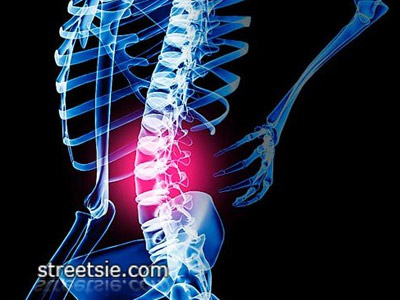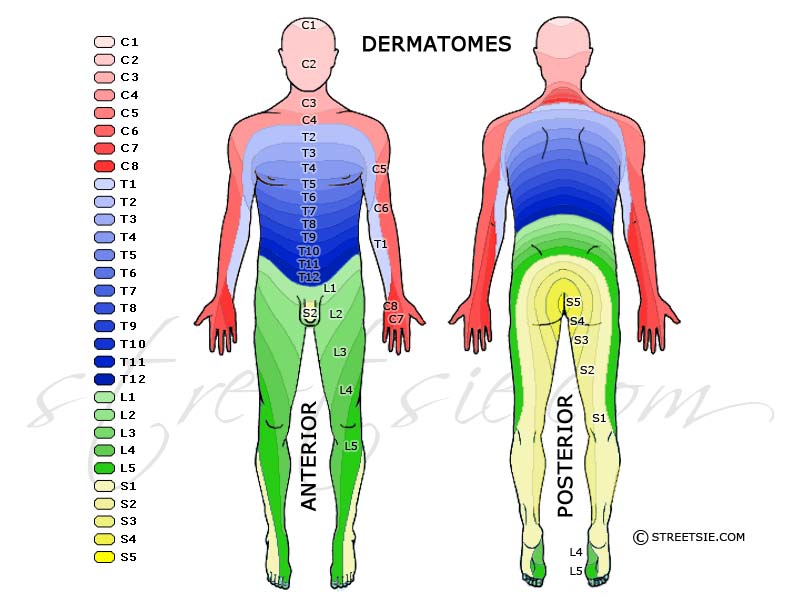11.4 After spinal cord injury the testing of reflex functions is useful in determining the level and severity of resulting paralysis. Valuable information on the state of the nervous systems can be gathered from testing deep tendon and other reflexes…
11.3 Incomplete means some feeling or muscle function remains below the neurological level of spinal cord injury. Complete means no feeling or muscle function below the neurological level of injury. Neither necessarily affects a persons ability to love and respect, achieve goals, and live a full satisfying life.
11.2 Neurological assessments provide valuable information on the location and extent of spinal cord damage. Additionally a level (T12) and category (complete or incomplete) can be diagnosed from the assessment, useful for rehabilitation and indicative of how much support will be required in order to re-join the community…
11.1 Primary and secondary examinations upon arrival at a hospital spinal unit determine the immediate course of action required to treat and stabilize a spinal cord injury. Vital life signs are secured and the entire length of the spine must be manually inspected for abnormalities. Hospital admission is a very stressful bewildering process and answers don’t come quickly. Often the emotional state of the patient undergoing treatment is only considered after medical process…




Recent Comments